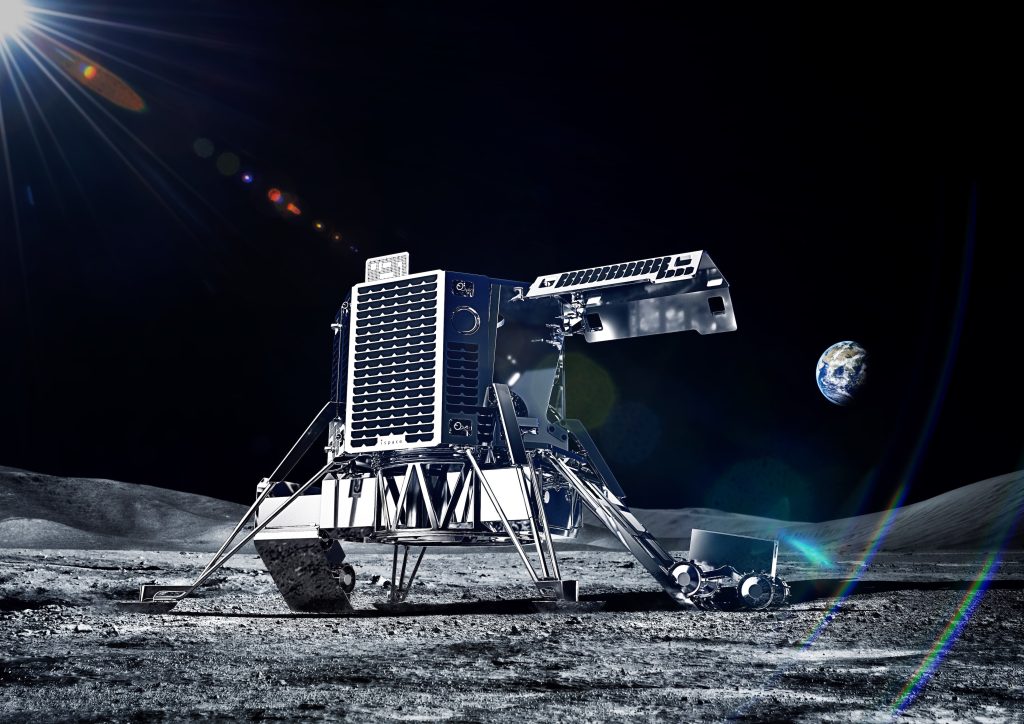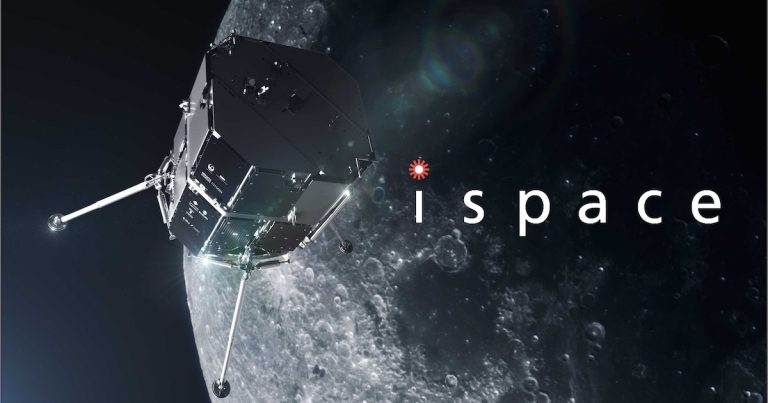This year, SpaceX has already launched the Falcon 9 rocket over 50 times. However, the lunar lander that took off from Cape Canaveral, Florida, on Sunday was not part of a NASA mission. It comes from a small Japanese business called Ispace and is referred to as M1. A rover from the United Arab Emirates and a tiny, two-wheeled robot resembling a Transformers for the Japanese space agency are among the payloads on M1.

While the mission launched at 2:38 a.m. Eastern time, we’ll have to wait until April to find out if these robotic explorers succeed in reaching the lunar surface. If they do, they might become the first piece of cargo successfully transported to the moon’s surface by a private enterprise.
The business initially participated in the Google Lunar X Incentive competition, which promised a $20 million prize for the first commercial spacecraft to land on the moon, travel 500 metres, and transmit video from the lunar surface.
At the time, the Japanese team, known as Project Hakuto, concentrated on creating a rover and relied on a rival Indian team for transportation to the moon’s surface. The two rovers would have been competing to see which could cover the 500 metres first if that had succeeded.
But none of the teams reached the launchpad before the Lunar X Prize ran out. A moon lander from an Israeli rival, SpaceIL, was launched in 2019, but it crashed there.
Team Hakuto’s successor, Ispace, attracted significant financing and intends to launch a number of commercial lunar landers in the upcoming years.
A two-wheeled “transformable lunar robot” from JAXA, a test module for a solid-state battery from NGK Spark Plug Co., an artificial intelligence flight computer, and 360-degree cameras from Canadensys Aerospace are among the payloads for Sunday’s mission. All of these are from the Mohammed Bin Rashid Space Center in Dubai.
As a memento of its Lunar X Prize past, it is also toting a music disc with a song sung by the Japanese rock group Sakanaction and a panel etched with the names of donors who contributed crowdfunding support.
There are other people aboard the flight besides the lander from the Japanese business. A modest NASA mission called Lunar Flashlight, which will use an infrared laser to explore the deep, dark craters at the moon’s poles, is carried as a secondary payload on the Falcon 9.
Similar to some previous recent moon missions, M1 is travelling to the moon through a roundabout, energy-efficient route and won’t touch down until late April near the Atlas Crater in the moon’s Northern Hemisphere. The mission can carry greater payload and less fuel because to the fuel-efficient trajectory.
Source: Indian Express











